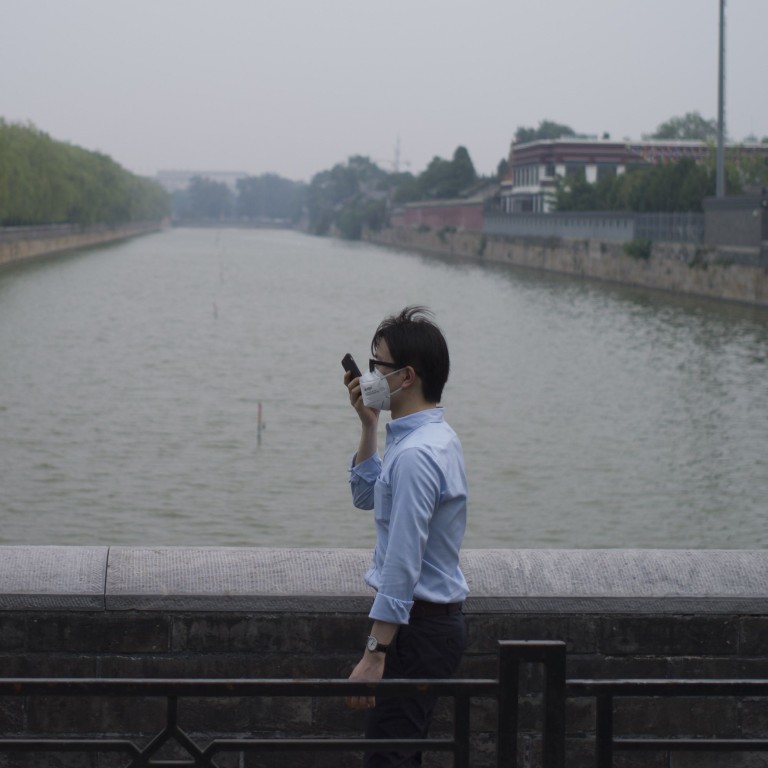
Put innovators to work on making clean air affordable in China
Ming Zhang says while waiting for anti-pollution efforts to kick in, millions of wheezing Chinese would welcome efficient and cheap air filters
China's rapid growth has come with a severe side effect: air pollution. And although a movement to draw attention to poisonous air quality has been growing almost as fast as the country's cityscapes, solutions have been uninventive and surprisingly slow.
When I arrived at Peking University to study air quality in 2013, Beijing had launched its own monitoring system. And, in September that year, it published an action plan that not only limited the use of coal to 65 per cent of the country's energy mix, but also encouraged the installation of air treatment equipment in industrial plants.
With recognition of these problems, individuals and civil society groups have increased their advocacy. But have their initiatives made a difference? Beijing's air quality data from the first half of this year indicates that PM2.5 concentration (particle pollution) has decreased from a year ago, and the number of days considered "heavily polluted" has dropped by half since last December. There is evidence, however, that damage from the dirtiest industries is moving to western and southern China.
Given China's air pollution problems, why aren't air filters a common household item? The answer: even the cheapest air purifiers cost over a month's rent for many. Yet, there is no reason why we cannot create short-term solutions. Scientists and students should be funded to design affordable air filters and user-friendly masks.
Advances have already been made. The Smart Air filters developed by Thomas Talhelm, a former Fulbright researcher in Beijing, consist of a high-efficiency filter strapped to a fan and provide a low-cost alternative to high-end filters. However, they filter out only PM2.5, and not harmful volatile organic compounds, such as benzenes and formaldehyde. In addition, features such as a light indicator to signal when pollution has reached a safe threshold and an attractive casing are missing from these early designs.
To date, there are no affordable alternatives that can eliminate not only particulates, but also trickier gaseous compounds. While PM2.5 is generally considered the greatest air quality health risk in China, volatile organic compounds emitted from sources such as plywood, fabrics and personal care products are also significant indoor air pollutants.
A large market exists for a quiet, affordable and attractive filter that targets all the components of air pollution. The time is ripe for scientists and students to design a smart and affordable air filter to address the needs of millions of Chinese consumers.
